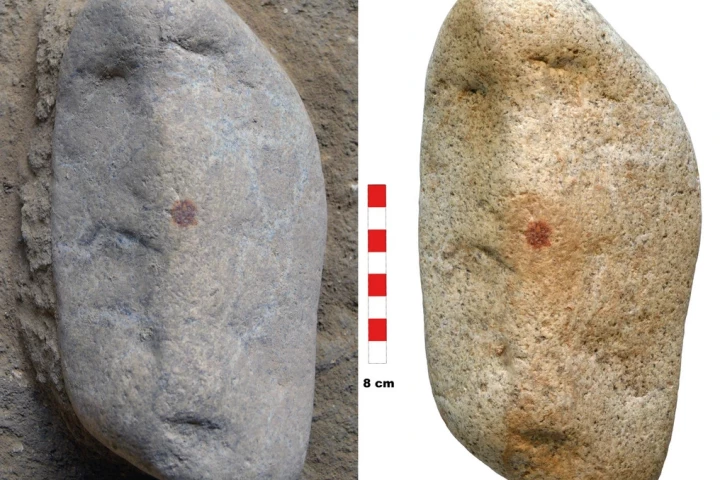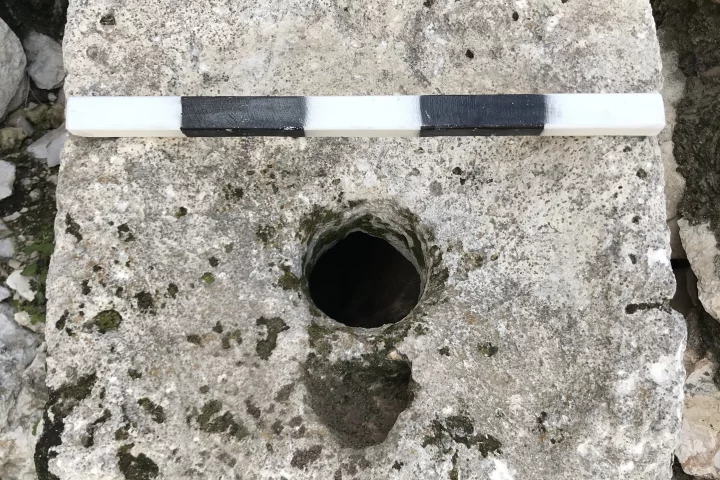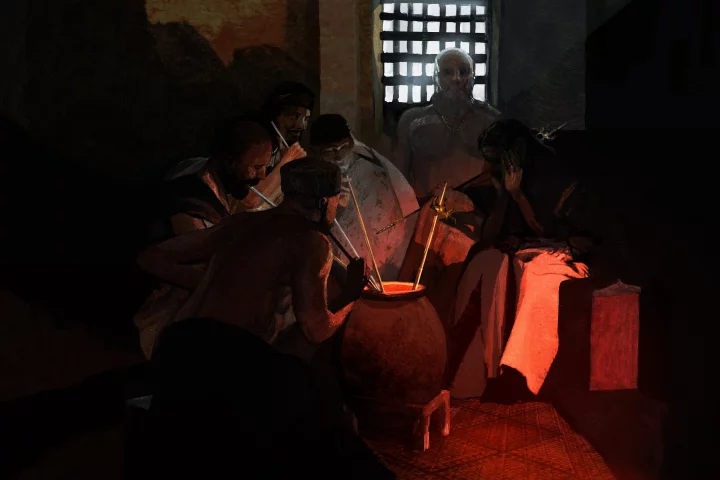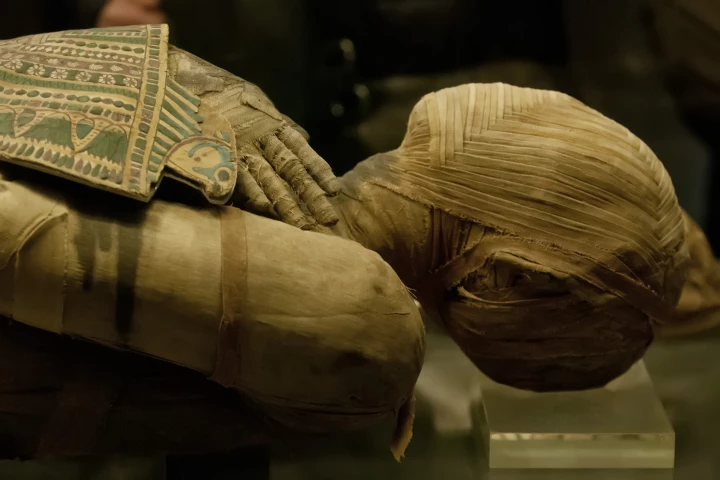Archaeology
-
The world's oldest human fingerprint has been discovered at an archaeological site in Spain. The fingerprint was dated at 43,000 years old and is believed to have come from a Neanderthal.
-
Tycho Brahe is best known as a Danish Renaissance astronomer. But he was also a bit of an alchemist, and a first-ever analysis on shards found at his former home from the 1500s has shed some light on just what he was up to in his basement lab.
-
An ancient mystery may have been solved after researchers, with the help of 13 Hellenic Marines, proved that a unique 3,500-year-old suit of Greek armor wasn't necessarily just for show, but could have been used for combat at the time of the Trojan War.
-
As temperatures climb, so does violence. At least that's the conclusion reached by researchers looking at how ancient cultures in the south central Andes responded to climate change about 1,000 years ago. It may be an important cautionary tale.
-
Archeologists are great at determining what life looked like in ancient days, but not necessarily how it smelled. Now, though, a 2,000-year-old crystal container has shed light on the scent you might have encountered on the streets of ancient Rome.
-
In one of the more stomach-churning studies, a team led by the University of Cambridge has probed poo from two ancient toilets in Jerusalem and discovered traces of a microorganism called Giardia duodenalis, which causes diarrhea in humans.
-
Mandrake and henbane are almost synonymous with secret rituals. In fact, after analyzing hair samples from a secret cache in a Menorcan cave, new evidence indicates that plants like these were ingested during burial ceremonies about 3,000 years ago.
-
A set of lengthy silver and gold tubes dug up from a famous grave in the the Caucuses has been found to represent the oldest surviving drinking straws, with the scientists behind the discovery believing they were used for communal beer consumption.
-
A new study is presenting archeological evidence of the oldest known bone tools used for making clothes. The tools, found in a cave in Morocco, suggest humans were skinning animals for fur to wear as clothes up to 120,000 years ago.
-
A new method of handwriting analysis is offering fresh clues as to who wrote the Dead Sea Scrolls. Testing the machine learning tool on one of the most famous ancient scrolls has revealed not one but two scribes were responsible for the ancient text.
-
A team of scientists at the University College London has used 3D tomography to shed new light on the Antikythera Mechanism – the world's first computer, which was an accurate model of the Cosmos as it was known to the ancient Greeks.
-
A 3,500-year-old Egyptian medical text is shedding new light on the ancient practice of mummification. Recently discovered inside a much larger work, the papyrus document being studied by University of Copenhagen is the oldest known mummification manual.
Load More











